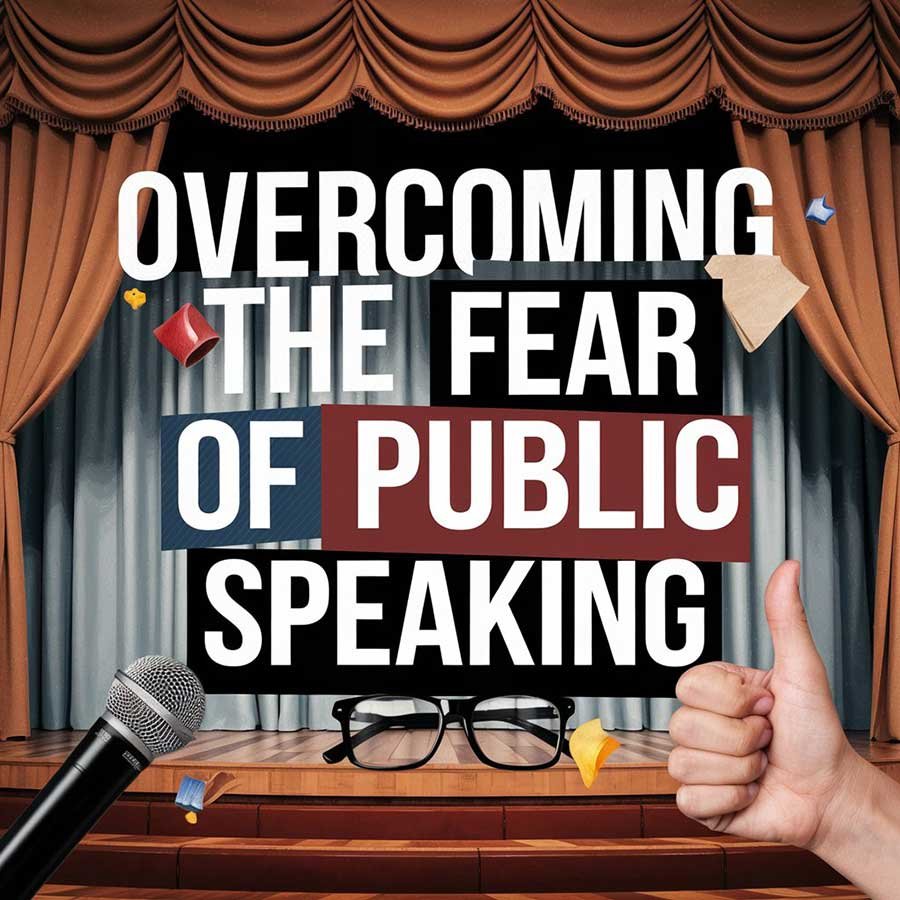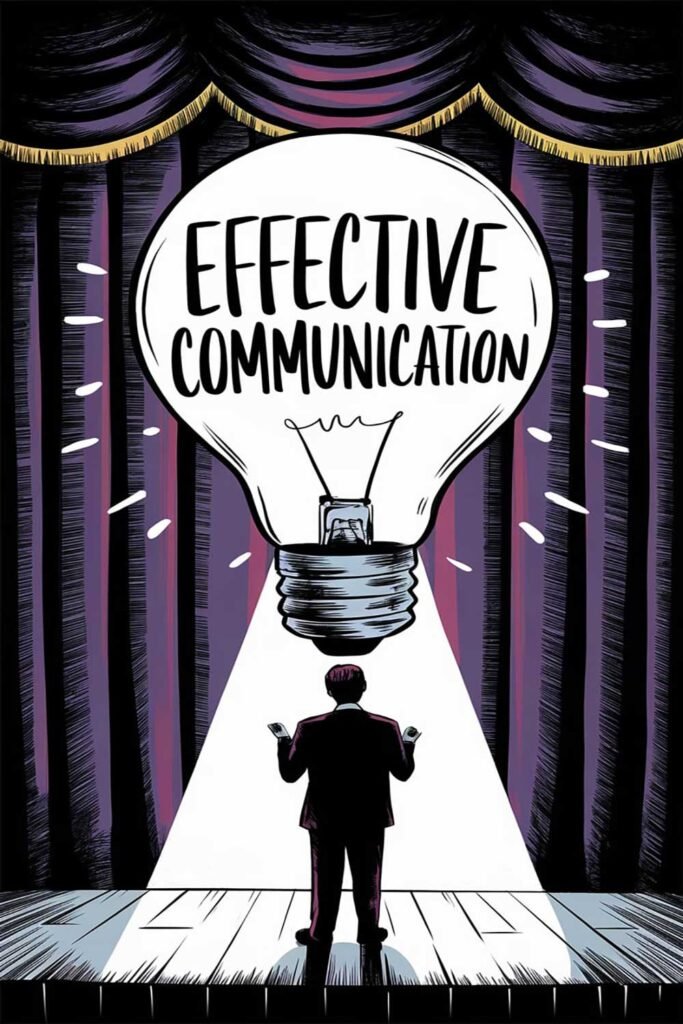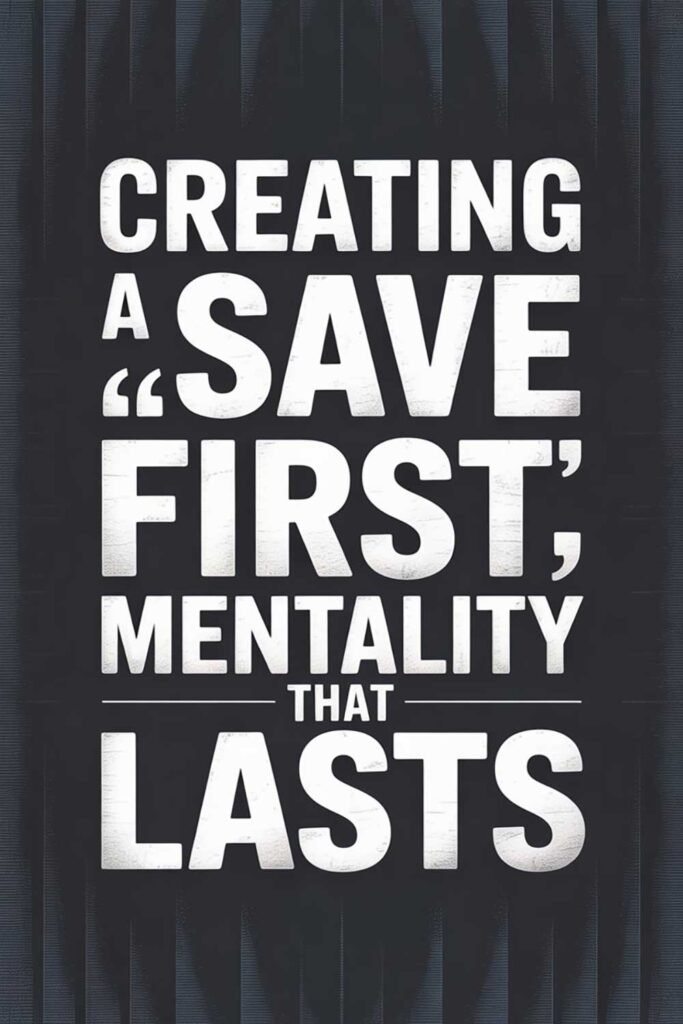
Overcoming the Fear of Public Speaking: A Step-by-Step Guide
Public speaking is one of the most common fears people face. The idea of standing in front of an audience, all eyes on you, can be intimidating—even paralyzing. But the good news is that fear of public speaking can be managed and overcome with the right mindset and strategies.
If you’ve ever felt your heart race, palms sweat, or voice shake before speaking, this guide will help you conquer your fears and build confidence step by step.
Understanding Why Public Speaking Feels Scary
Fear of public speaking, known as glossophobia, is deeply rooted in our psychology. But why does it trigger such intense anxiety?
- Fear of Judgment – Worrying about how the audience perceives you.
- Fear of Making Mistakes – Anxiety about forgetting words or stumbling.
- Fear of Rejection – Concern that your message won’t be received well.
- Physical Symptoms – Sweaty palms, rapid heartbeat, dry mouth, and shaky hands.
Recognizing that these fears are normal and common is the first step toward overcoming them.
Step 1: Shift Your Mindset
Reframe Fear as Excitement – Instead of thinking, “I’m terrified,” tell yourself, “I’m excited to share my message.” The physiological symptoms of fear and excitement are similar, so shifting your perspective can turn nervous energy into enthusiasm.
Your Audience Wants You to Succeed – Most people in the audience are supportive and want to learn from you. They aren’t looking for mistakes—they’re looking for value.
Step 2: Prepare and Practice
Know Your Material – Confidence comes from preparation. The more familiar you are with your speech, the more comfortable you’ll feel delivering it.
Practice Out Loud – Reading silently isn’t enough. Speak out loud to practice tone, pacing, and clarity.
Record Yourself – Watching and listening to yourself can help identify areas for improvement and boost self-awareness.
Rehearse in Front of Friends or a Mirror – Practicing in a safe environment builds confidence.
Step 3: Master Physical and Vocal Control
Control Your Breathing – Deep breathing helps regulate anxiety. Try inhaling for four counts, holding for four, and exhaling for four.
Adopt Confident Body Language – Stand tall, use hand gestures naturally, and maintain an open posture.
Slow Down Your Speech – Nervousness makes people rush their words. Consciously slow down and pause between key points.
Step 4: Engage Your Audience
Make Eye Contact – Looking at individual audience members creates connection and builds confidence.
Use Stories and Examples – People relate to personal stories, making your speech more engaging.
Encourage Interaction – Asking questions or inviting participation makes the experience feel more conversational.
Step 5: Handle Mistakes Gracefully
Everyone makes mistakes—even experienced speakers. The key is not to dwell on them.
- Pause and Breathe – Take a second to gather your thoughts.
- Acknowledge the Mistake Lightly – A simple “Let me rephrase that” keeps things smooth.
- Move Forward – Most of the time, the audience won’t even notice minor slip-ups.
Step 6: Exposure Therapy – Start Small
Speak in Low-Stakes Settings – Start by speaking in front of friends, family, or small groups before moving on to larger audiences.
Join a Public Speaking Group – Organizations like Toastmasters provide a supportive space to practice.
Take Opportunities to Speak – The more you do it, the easier it gets. Volunteer for presentations, lead meetings, or contribute in group discussions.
Step 7: Visualize Success
Picture Yourself Speaking Confidently – Mental imagery is a powerful tool. Close your eyes and imagine delivering a successful speech with a calm, commanding presence.
Use Positive Affirmations – Replace self-doubt with statements like:
- “I am prepared and confident.”
- “My voice is strong and clear.”
- “I am capable of delivering a great speech.”
The Journey to Fearless Public Speaking
Overcoming the fear of public speaking isn’t about eliminating fear entirely—it’s about learning how to manage it and use it to your advantage. Each time you step up and speak, you gain experience and confidence.
Public speaking is a skill, and like any skill, it gets easier with consistent practice and the right strategies.
Picture This
Imagine walking up to the stage, your heart beating with anticipation—not fear. You take a deep breath, smile, and begin speaking. The audience is engaged, nodding along as you share your ideas. As you conclude, the room erupts in applause. You did it! You overcame your fear and delivered your message with confidence. Now, imagine doing it again—and loving it.
Please Share This Article
If this article helped you, please share it with someone who struggles with public speaking. They might need this encouragement today!






